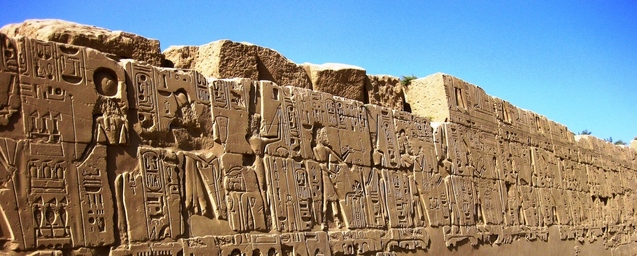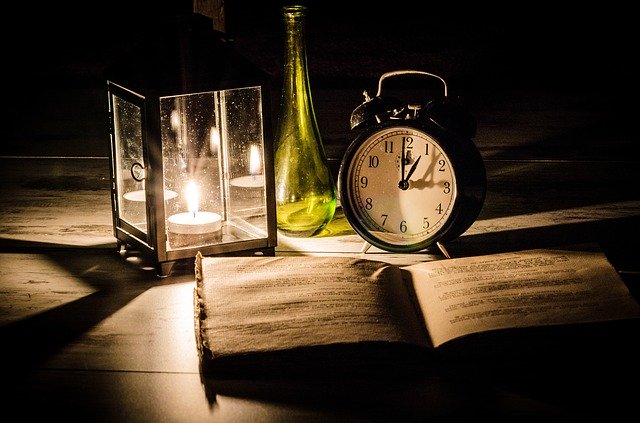In the last two centuries, candles have completely changed in their purpose to humans. What was originally used as a source of light and a heat source has now become a piece of home decor or a gift we give to friends. We can guarantee the candles that the Tudors used didn’t smell of our favourite flowers or baked goods from festive holidays! But where did candles begin? And how did our ancestors come across the craft?

The Ancient Egyptians are often thought to have created the first candles, although they weren’t traditionally wicked like our modern candles. That achievement is credited to the Ancient Romans with their method of repeatedly dipping rolled papyrus into tallow (animal fat) or beeswax. Not exactly the methods we prefer in the modern day either as we strive to be better to the planet but we’re certain they didn’t have access to soy wax flakes over 2,000 years ago!
Many countries had their own methods of creating candles depending on the resources they had access to. According to the National Candle Association, early Chinese candles were moulded in paper tubes and used rolled rice paper as the wick. In India, candle wax was made by boiling the fruit of a cinnamon tree.
For thousands of years, candles have also been used in religious ceremonies. The Jewish holiday Hanukkah dates back to 165 B.C.E and have also been referenced to in various Biblical scriptures.
From the Middle Ages until the late 19th century, candles were mainly made out of beeswax, tallow and spermaceti (whale sperm!). The discovery of paraffin wax was made in the 1850s by scientists who learned to remove the waxy substance from petroleum and refine it to be used in candlemaking. However, the creation of traditional candles began to decline dramatically from 1879 after the invention of the lightbulb.

Since the 1980s, candles began to boom once again in popularity. Not as a major light source, however, but as an item for home decor, mood lighting and gifts. This continued surge of popularity caused soy wax to be developed in the Northern Hemisphere in the 1990s, as a better alternative to paraffin wax thanks to its cleaner, slower and softer burn. In the Southern Hemisphere, efforts were made to create palm wax, however we now all know how harmful palm-based products are for the environment and our rainforests.
Even though we no longer use candles as a major light source, we have instead found a new use for them. They are a symbol of romance and are great for mood lighting. We use them to feel comfort at any time of the year to recreate our favourite scents in our own home. If someone loves the smell of freshly baked cookies, they can now achieve that 24/7 by striking a match and lighting a wick.

A Brief History of Candles and Candlemaking